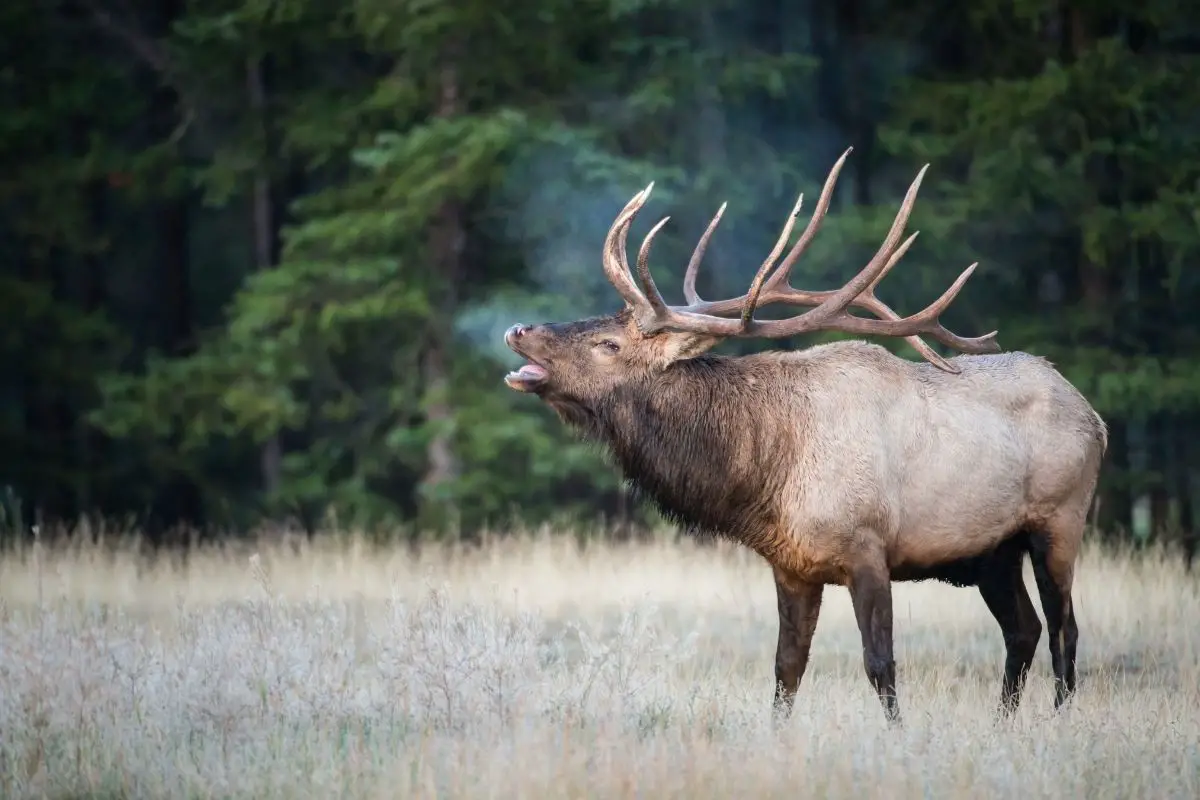
Camping in the Hoh Rain Forest of the Olympic National Park in Washington brought me far too close to a wild encounter with an elk. The Roosevelt Elk is one of the largest elk among the types that roam in the United States. One of these bulls came waltzing right by our vehicle as we were unloading at the campground.
Talk about a close encounter, the elk then sat down under a tree next to the entryway and was there for at least an hour. This animal is regarded as one of the kings of the forest, even in the rainforests of North America. Find out more about the different types of elk that are both extinct as well as present on our landscapes today.
Types of Elk Extinct in the Wild
Let’s start with a brief look at the types of elk that are unfortunately no longer present in our ecosystem. These include the Merriam elk and Eastern elk. The Merriam elk is truly extinct, while the Eastern elk was replaced by the Rocky Mountain elk.
There is also the Irish elk, aka the giant deer, which was one of the biggest and oldest species of elk. The Irish elk is actually not from Ireland at all but from Siberia. Before we focus on individual species of elk, here is an interesting question. What is the difference between an elk and a moose?
Elk vs Moose
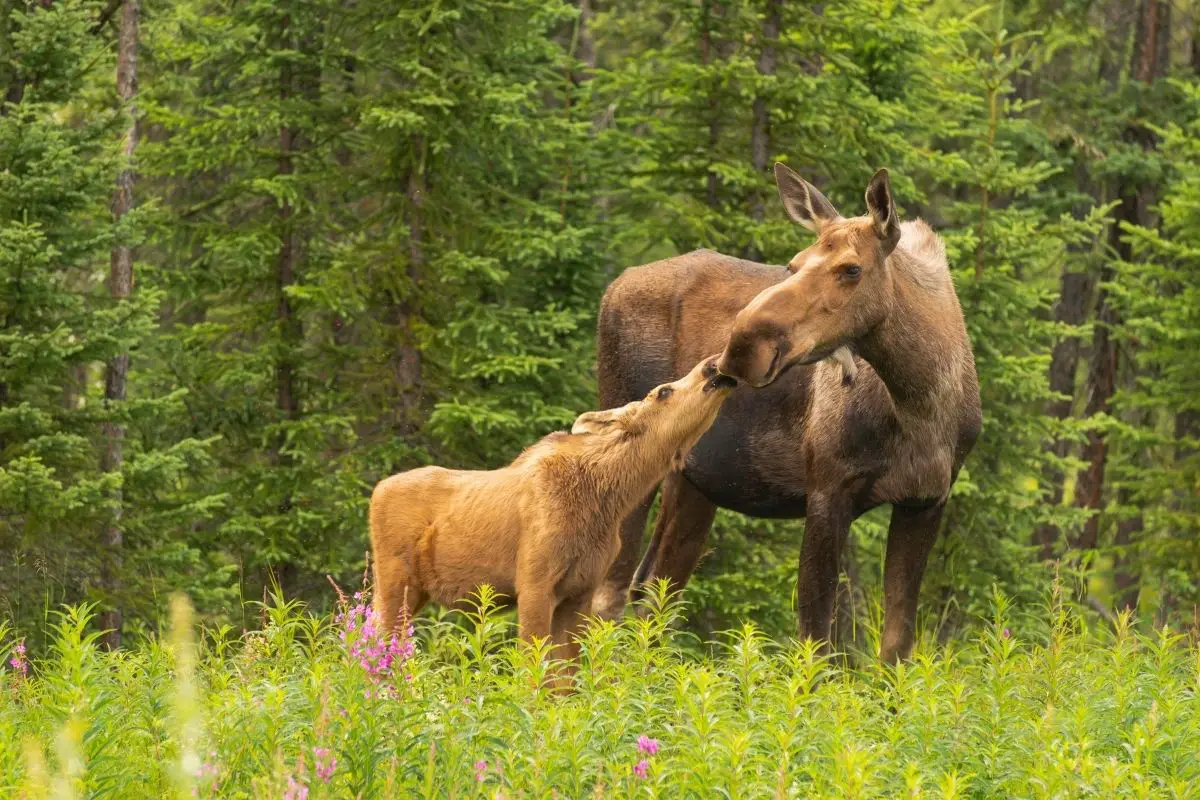
The elk is sometimes confused with the moose, as these are both large horned species of deer. The horns of the male elk and moose are both very big, spreading as wide as an adult is tall. These horn racks are much more pronounced compared to even the largest bucks of the whitetail deer species. You can find elk living in:
- North America
- Central Asia
- East Asia
- Europe
If you see a big animal that is larger than a deer with an expansive set of horns, it is either a moose or an elk. So, like that famous question of crocodile or alligator, how can you tell the difference between a moose and an elk? Let’s begin with a detailed look at what exactly an elk is when it comes to classifying these animals on paper.
What is an Elk
An elk goes by the Latin name Cervus canadensis, and also means wapiti. The word wapiti means “North American stag or elk, Cervus Canadensis, which is the North American representative of the stag or red deer of Europe, and resembles the latter, though it is much larger and of a stronger being the largest living representative of the family Cervidæ,” states The American Heritage Dictionary of English Language.
What is a Moose
The moose goes by the Latin name of Alces alces, and that is the same name used for the elk in the United Kingdom and Great Britain. So you hear a moose called an elk in the UK and much of Europe, where there are the Eurasian elk of the north and eastern countries. You do see moose in European countries, by the way, so there is not a lack of species to identify.
Elk vs Moose
According to the Cambridge Dictionary, the elk that is pluralized as elks is a large deer with large “horns like branches” living in North America. This includes Canada, the United States, and Mexico. The word elk in the US is used synonymously with “wapiti.”
The American Museum of Natural History defines “wapiti” as an Algonquian word referring to the white patch on the backside of the elk. The moose and the elk have the same family in scientific classification, which is Cervidae. However, they are of a different subfamily. The elk is a member of the Cervinae subfamily, while the moose is a member of the Capreolinae subfamily.
The Cervinae subfamily includes the Old World deer, while the Capreolinae is the New World deer. What is the difference between an Old World and New World deer subfamily? Old World deer are distinct because they feature a plesiometacarpal ankle structure.
This subfamily of deer includes the tribes called:
- Muntiacini
- Cervini
The Muntiacini genus of Old World deer includes two genera–Elaphodus or tufted deer, and Muntiacus, the muntjac deer called barking deer.
You can find elk under the Cervini, also called a true deer, subfamily. This subfamily also features fallow deer, hog deer, and spotted deer. The genus Cervus is where the elk or wapiti is classified.
The sika deer, red deer, and Thorold’s deer are all close cousins to the elk. But where is the moose?
- While the elk is a true deer in the Old World family, the moose is part of the New World deer of the Capreolinae subfamily.
The New World deer have a telemetacarpal ankle structure and include species of reindeer and roe deer, as well as the moose we are focusing on. Ironically, the New World deer of the Capreolinae subfamily live in the Old World of Eurasia. The white-tailed deer, mule deer, and reindeer are also known as caribou come from the Capreolinae subfamily.
Here is also where you will find a wide variety of brocket deer, which is the most abundant genus with more than 20 species.
1. Merriam’s Elk
What is known as Merriam’s elk once inhabited North America throughout the United States and Mexico, but mainly in Arizona. These elks became extinct by 1906 due to hunting and cattle grazing. Compared to other types of elks, the Merriam’s elk were redder in coloration and they had a larger nose and skull.
This type of elk was named after Clinton Hart Merriam. C. Hart Merriam was a zoologist born in New York City who was the father of mammalogy. Merriam died in 1942 after discovering the marsh shrew and is named for–Merriam’s canyon lizard, Merriam’s wild turkey, Merriam’s pocket mouse, Merriam’s ground squirrel, and Merriam’s chipmunk. Back to Merriam’s elk, little is known about its behavior other than these elk lived in arid and warm climates.
This is unlike the modern-day Eurasian elk, which you will soon learn cannot live in hot weather.
2. Eastern Elk
The Eastern elk are the original elks to roam throughout North America for centuries prior to the 1700s. According to the North Carolina Wildlife Resources Commission, the Eastern elk became extinct in 1877 in Pennsylvania. The wild elks were killed off, only to be replaced by a subspecies of elk from Manitoba, Canada. Right now, there are no Eastern elk on the earth.
However, elk are living in the Eastern United States in North Carolina through the support and reintroduction by the NCWRC. Currently, hundreds of elk have replaced what was previously known as the Eastern elk.
3. Irish Elk
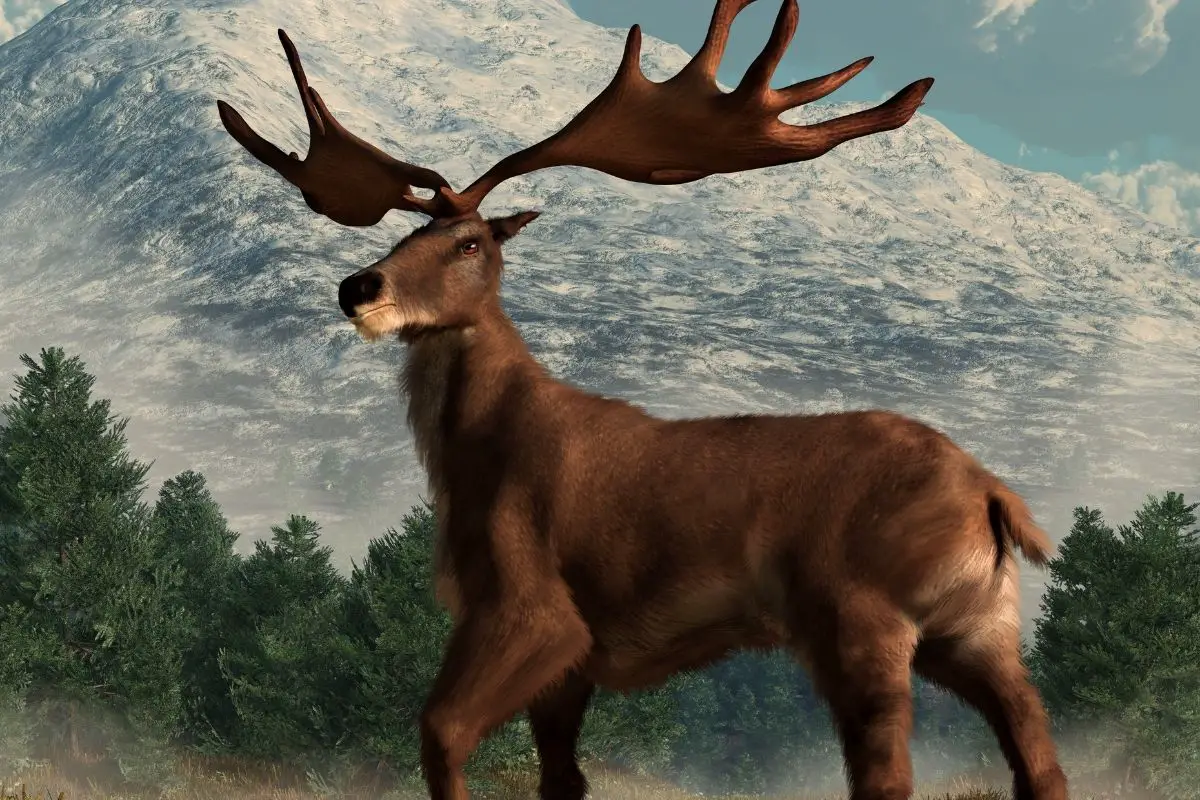
The Irish elk or giant deer was of the genus Megaloceros and it roamed freely from Ireland to Siberia. However, no one has seen the hide nor hair of the Irish elk for about 7,700 years. These elks are nothing like the wapiti or European elk moose we see today.
These giant deer lived up to the name and were nearly seven feet tall–without any antlers. In fact, the Irish elk was the world’s largest deer to ever exist. Now, let’s move along to those elk that you will actually encounter on the open roads and wild trails of the world.
Types of Elks Present in Nature
Here is an exploration of the types of elks you can find wild in nature and in zoos today, including the:
- Roosevelt elk
- American elk
- Eurasian elk
- Tule elk
- Rocky Mountain elk
Check out the differences in these elks, which mainly focus on geographical location.
4. Roosevelt Elk
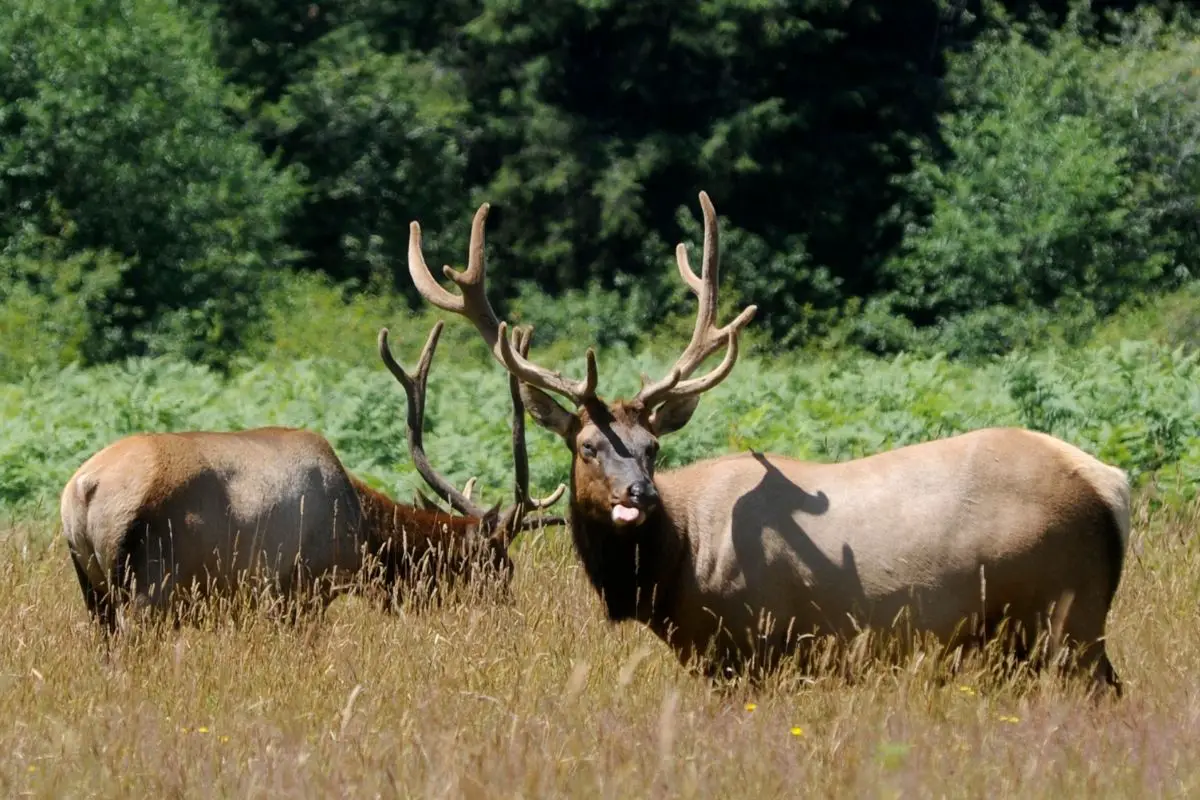
Roosevelt elk are currently grazing in pastures throughout Washington, Oregon, and California of the United States, as well as up into British Columbia, Canada. The Roosevelt elk eats farns, lichens, shrubs, and meadow grass. These are foods that are predominant in the rainforest and temperate climates of the Pacific Coast region.
This is the biggest of the elk species alive today, and a single bull elk can weigh half a ton, or 1,200 pounds. You can find the Roosevelt elk as a popular resident in the Hoh Rain Forest of Olympic National Park, where it is called the Olympic elk. This is also due to the fact that there are about 5,000 head of Roosevelt elk unmanaged and residing in the park.
The Roosevelt elk freely grazes to eat and lives wild in the ancient growth forests of the western part of North America. The typical lifespan of a Roosevelt elk is known to live for 16 years in the wild, for the males, while female elk live to be much older at 21 years. The greatest threats to the Roosevelt elk are wolves and the loss of roaming habitat.
Since the elk migrate seasonally, it is important to have room to graze. While elk are seen in the wild quite often, in the Western states, including up into Alaska, there used to be a lot more. In the year 1500, more than 10 million elk lived in the territory we call North America.
5. American Elk
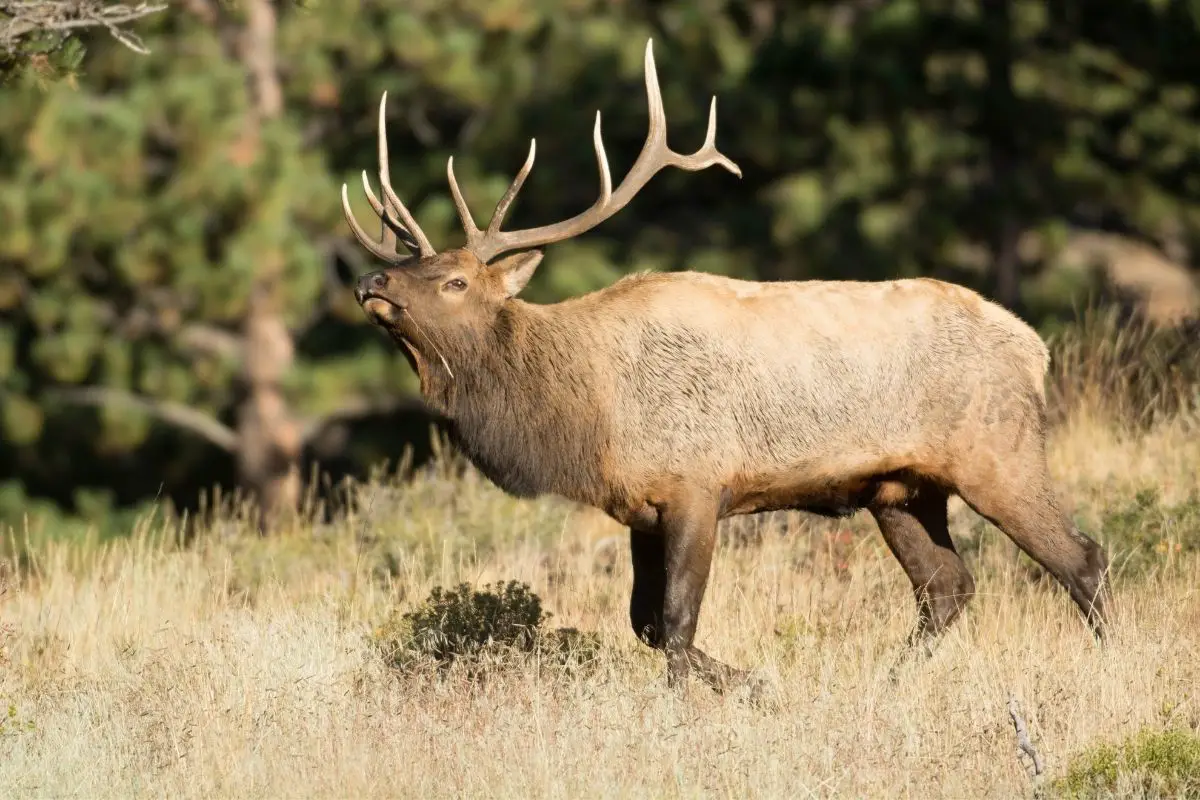
There are about 1 million American Elk that can be found in 31 US states, with the greatest majority in the Western part of the nation. Oregon has about 133,000 American elk, compared to 112,900 in Wyoming, and 150,000 in Montana. Arizona’s heat must not be too hot for the elk to handle because this southwestern state has about 40,000 elk, according to Wildlife Informer.
As good swimmers, the American elk can manage rivers and lakes quite easily. They are also fast runners with sprinting speeds of 35 miles per hour. As for their diet, the American elk depend on vegetation and foliage for fodder.
These large mammals have pointed hooves, which assist in digging through snowpacks. Living in mountainous snowy regions makes the most sense for the American elk. While naturally wild, the American elk roam in herds of up to 25 elks.
These include cows, which are females, as well as bull males and calf elks that are too young to breed. The male bull American elk uses its large horns to fight with other bulls for a variety of resources, including mates and food. This can result in broken antlers, which grow a thick fur called velvet each fall.
These antlers are shed each winter and grow back in the spring. By the way, the elk have the largest antlers of any mammal on the planet.
6. Eurasian Elk
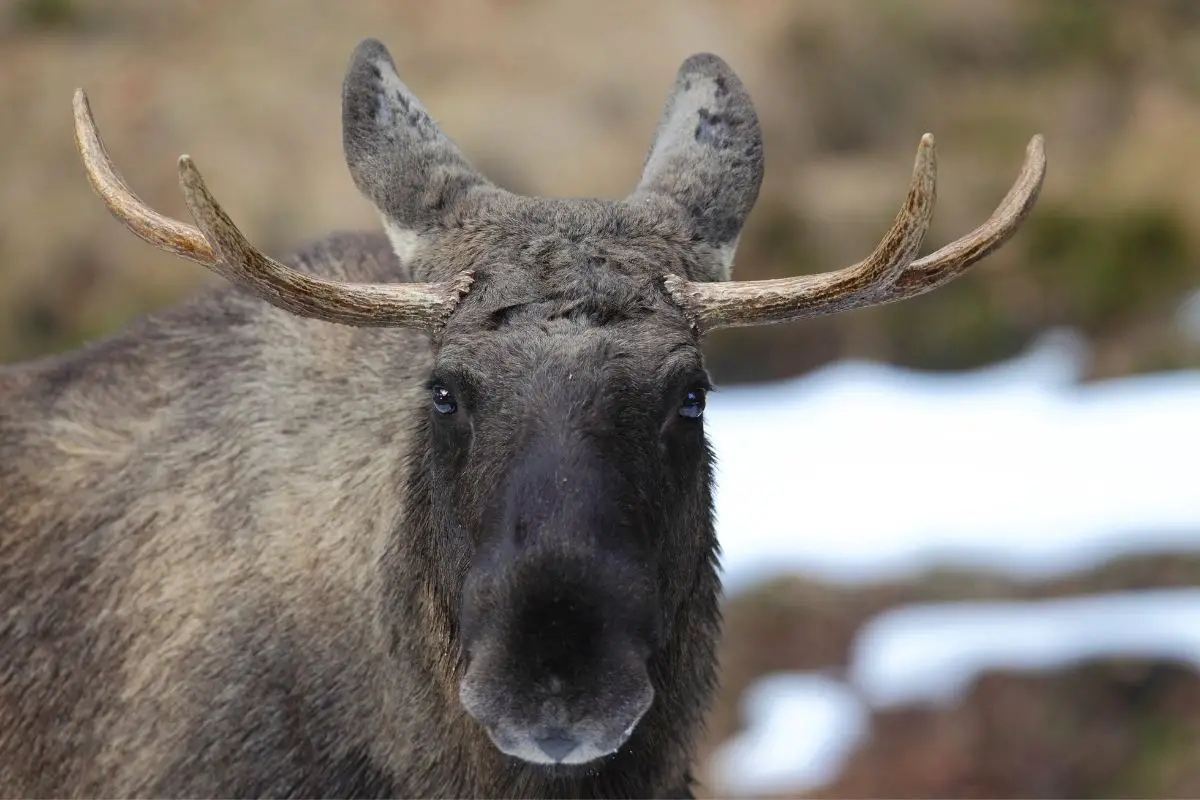
The Eurasian elk is what we call the moose here in the United States, but it is an elk in Europe and Asia. These are distinctively different types of elk species as discussed previously. The Eurasian elk has a large range from the Scandinavian countries of Finland, Iceland, Denmark, and Norway, to the Eastern European countries of the Czech Republic, Russia, and Poland.
You may also spot an Eurasian elk munching on lichen down into Ukraine, China, Mongolia, and Kazakhstan. These large mammals enjoy the taiga of the subalpine region, which is the perfect cool temperature for the massive size of their furry bodies. An interesting fact is that the Eurasian elk cannot sweat and they produce gut fermentation.
If they get above 27 degrees Celsius, this can lead to devastating effects for this type of elk. The way that the Eurasian elk eats vegetation is with the upper palate made with bone in their muzzle and the lower dental incisors.
7. Tule Elk
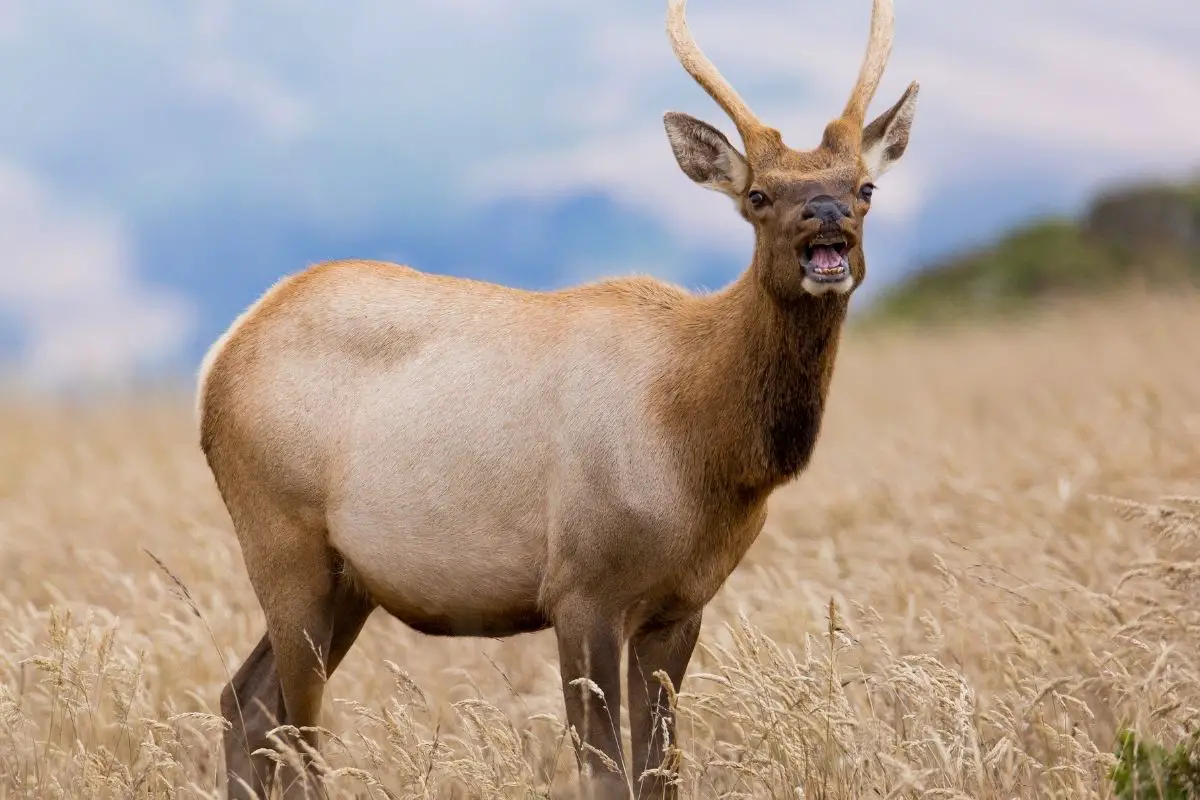
Next, we have the tule elk, which is the smallest of all the elk species that you will see roaming freely today. The tule elk is also the elk with the least amount of roaming space. These elk are found to be endemic in the state of California.
There is a large herd of tule elk on Grizzly Island, while the La Panza herd and Cache Creek herd are both also distinct in movement patterns. At home in California, with some of the nation’s most stringent animal rights legislation, tule elk are targeted mainly by domestic stock managed by ranchers. These elk are competing for grazing territory in some areas.
Also, tule elk come from genetic breeding. There is minimal variation as a result, and a lack of genetics is introduced into the tule elk genome. These elk end up having more vulnerabilities to diseases and health issues as a result of lacking the genetic diversity of other elk.
This could be why these elk tend to stay in California and not venture too far, even in their own backyard. The diet of tule elk includes forbs or herbs, which are flowering herbaceous plants that are not grasses. Think chicory, swedes, turnips, kale, and Kochia aka Mexican fire brush as the wild diet of the tule elk.
However, some weeds like star thistle are noxious and detrimental to their feeding habitat.
8. Rocky Mountain Elk
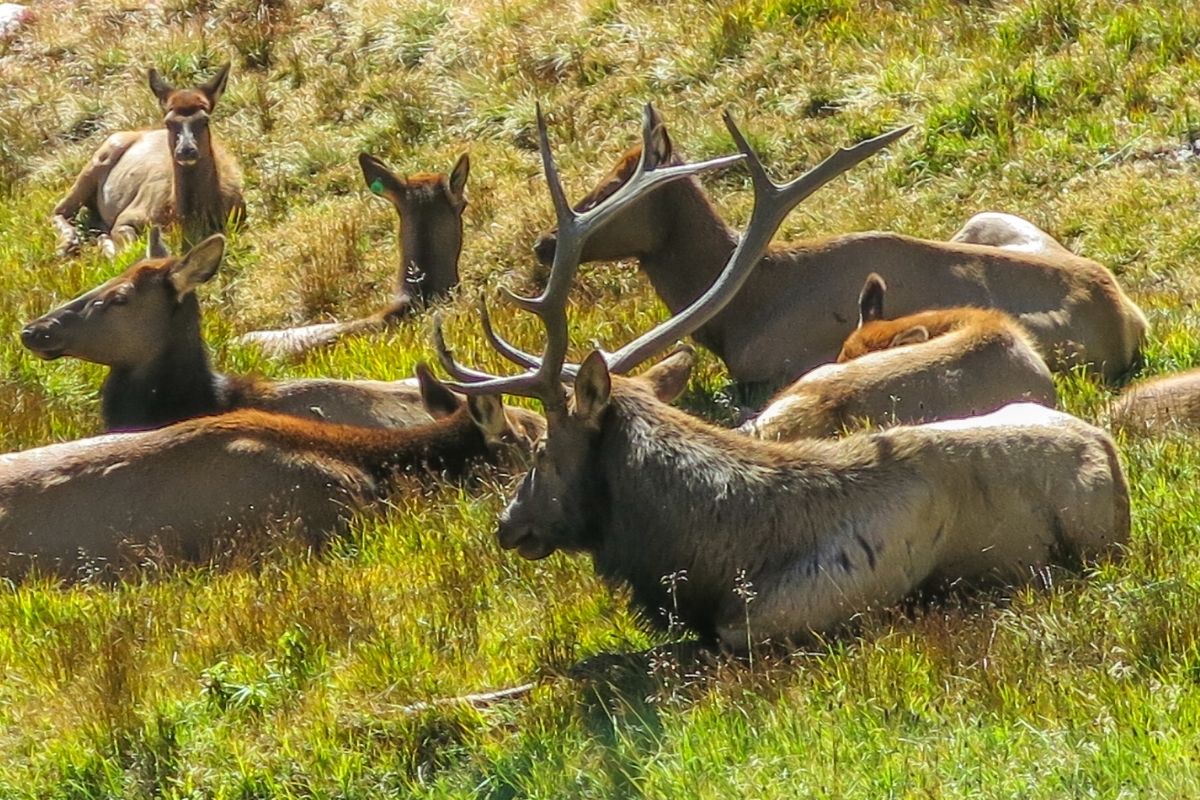
The Rocky Mountain elk resides in the Rocky Mountain range and valleys of North America. The Rocky Mountain Elk Foundation reports that this is the type of elk with the biggest antlers of them all. Additionally, even though this is the Rocky Mountain elk, it is actually titled the Rocky Mountain West and has been relocated out of this general area. A fun fact about the elk is that you call a yearling bull elk a spike.
Compared to the average size of the Roosevelt, which is the largest elk by body size at 900 pounds, the Rocky Mountain bull elk weighs 700 pounds. This puts this particular elk species above the tule elk, which weighs about 400 for a bull elk. The antlers of a Rocky Mountain elk weigh about 40 pounds alone.
Rocky Mountain elks are also significant in length. A bull elk is eight feet from nose to tail, while a female cow is six and a half feet long. These elks eat a similar diet to the other elks, including the forbs and shrubs, along with grasses and tree bark.
While the male bull elks live alone or in bachelor groups, females and young spikes and calves live in loose herds. Later, bulls soak their hides in urine-saturated mud to be used to attract new mating partners. At this point, harems of cows are formed during the rutting season with one or two bulls.



